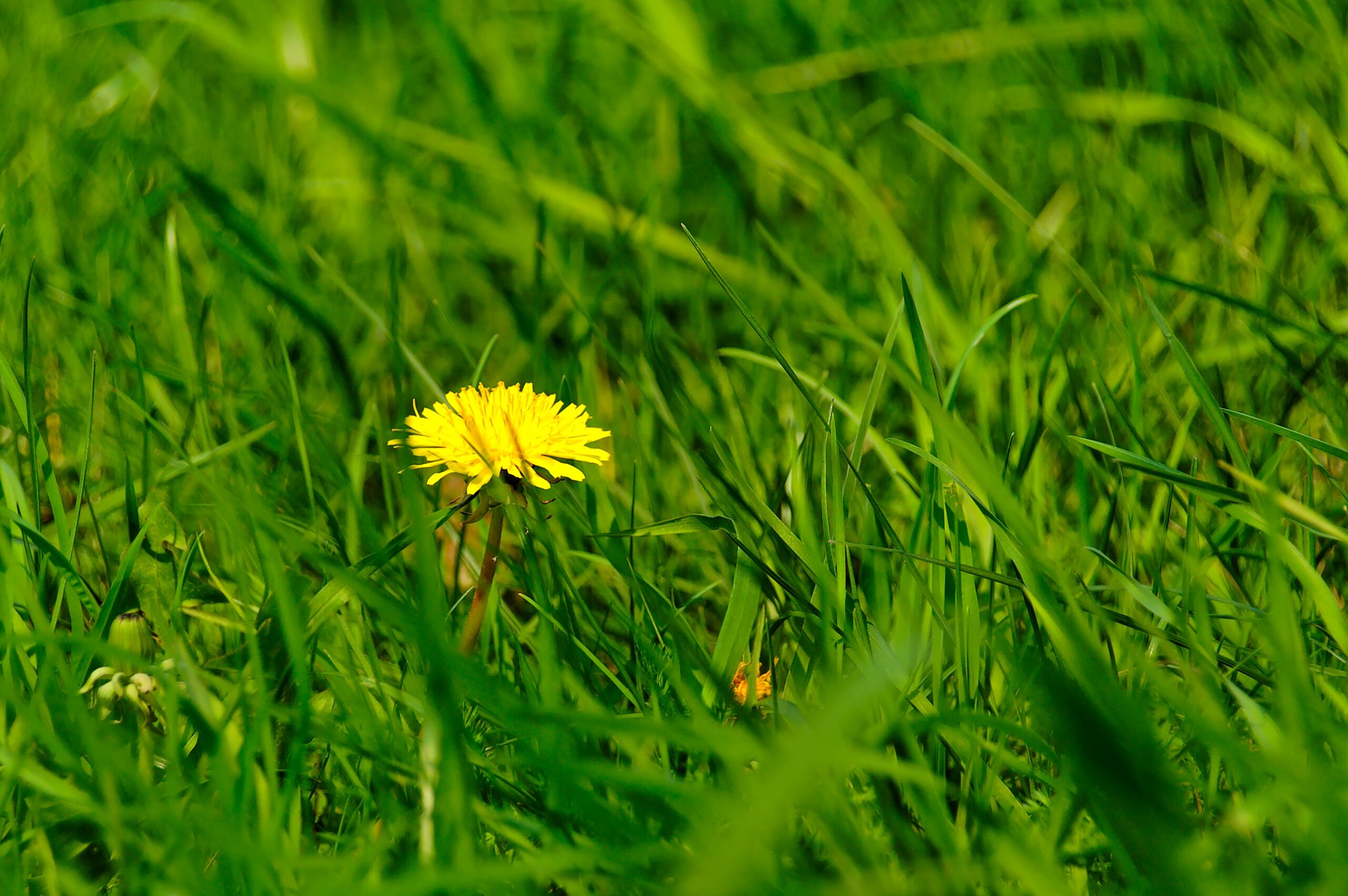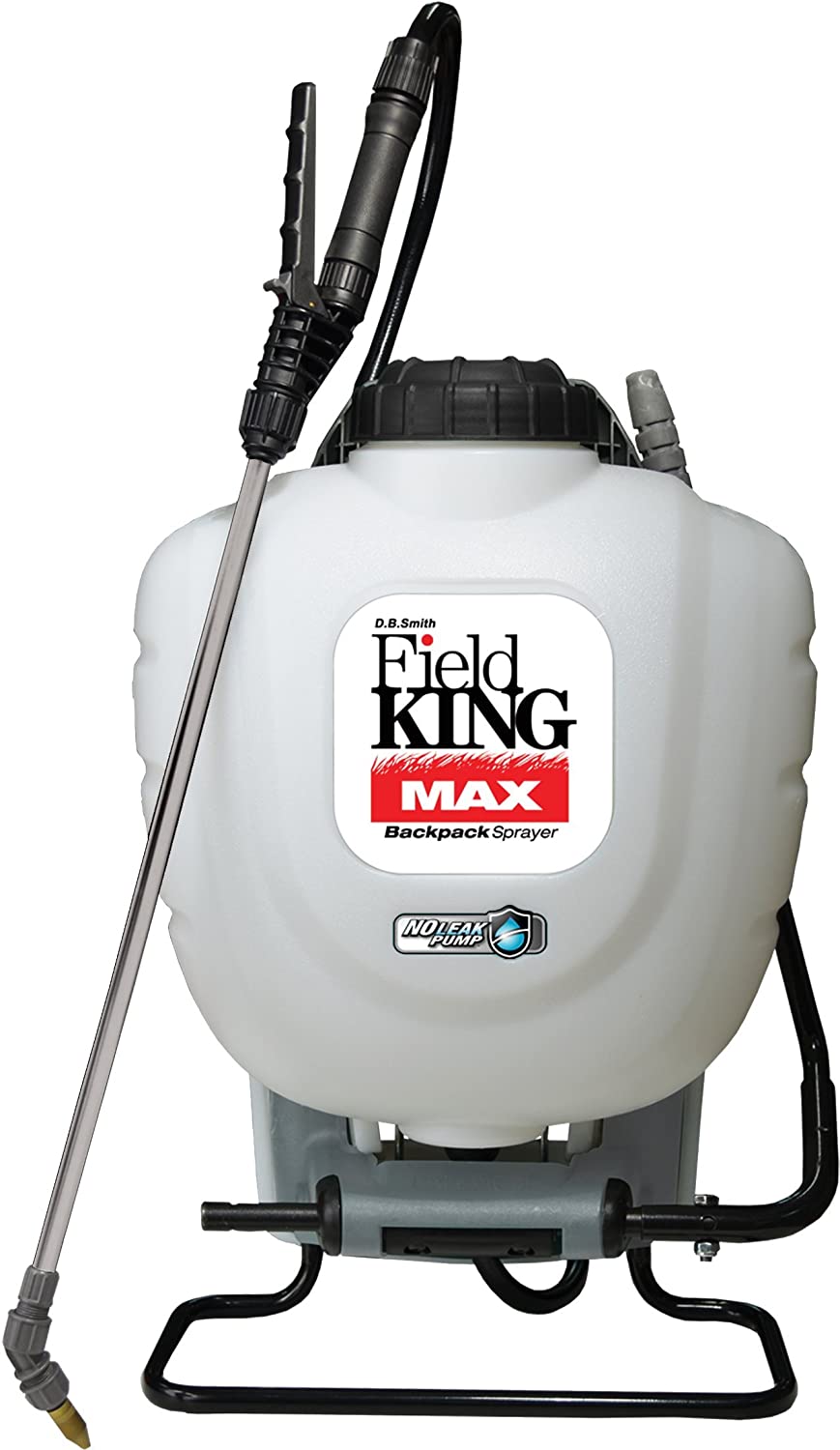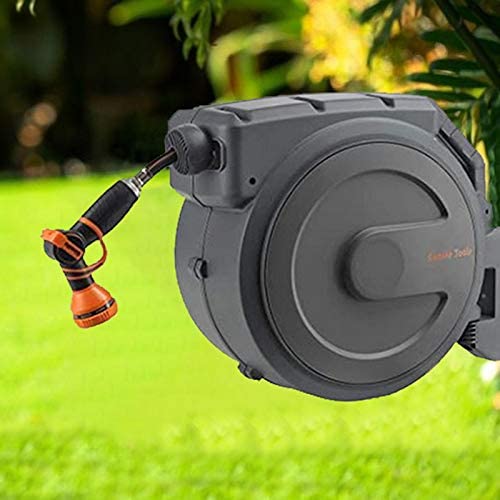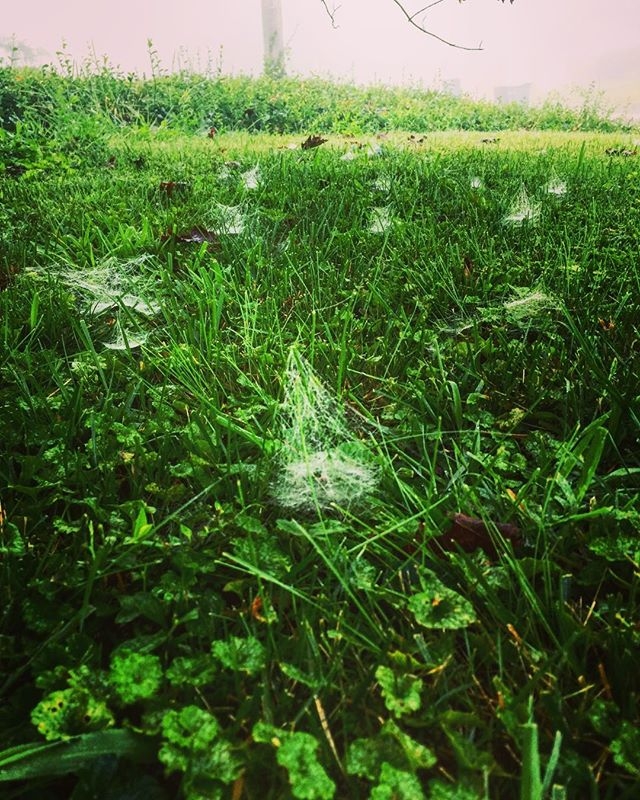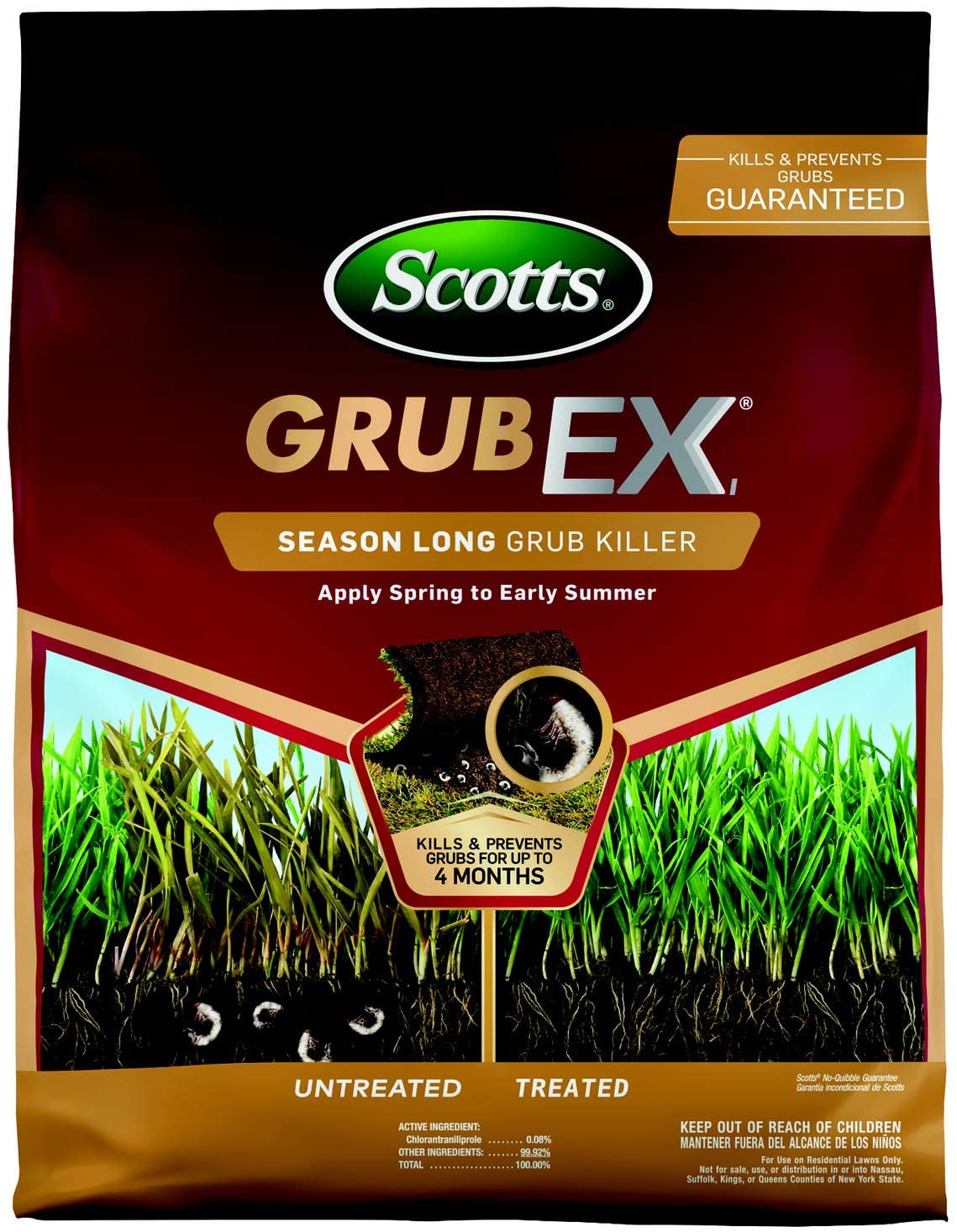Are Lawn Aeration Shoes Any Good?
Table of Contents
If you’re looking into different ways to aerate your lawn, you might’ve come across aerator shoes. You can purchase these shoes online or in stores. They come in a few different varieties and generally cost under $30.
Below, we’ll go over some of the pros and cons of aerator shoes, as well as alternative aeration options.
What are lawn aeration shoes?
Lawn aeration shoes look like sandals that you strap over your regular shoes. They have large spikes on the bottom that dig into the lawn as you walk around doing other yardwork. They’re meant to be worn while mowing, trimming, fertilizing, or watering.
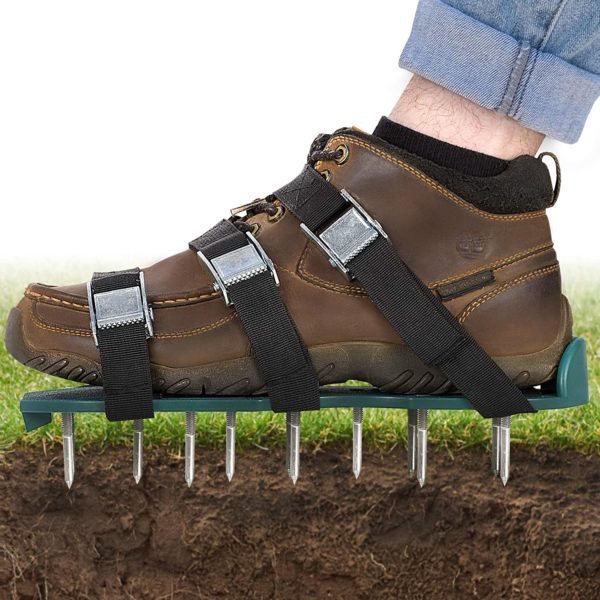
The idea of aerator shoes is to incorporate aeration into your weekly or daily yard tasks. Typically, lawn aeration is a larger, annual task. The shoes, however, aim to increase the frequency of aeration so your lawn can breathe.
Should I use aerator shoes or a lawn aeration machine?
Lawn aerator shoes aren’t the best choice of aeration tool for a number of reasons. First of all, they poke holes in the soil without actually displacing it. This can cause the soil to become more compact, especially as the process is repeated over time.
The best aeration tools take cores from the soil and deposit them on top of the grass, where they then dissolve over time. Aerator shoes feature hard tines instead of cores, which prevents them from removing any soil. Taking soil out of the ground is necessary in order to both increase air flow and maintain the consistency of the soil.
In addition, aerator shoes are somewhat clunky to wear. The minimal benefits do not seem to outweigh the annoyance of walking around your lawn with spikes on your feet. Though they’re designed to save time, aerator shoes might end up slowing you down while doing other yardwork. In the end, taking a day to aerate in the spring in the small may save you more time than wearing the shoes.
Are there any benefits of lawn aerator shoes?
There is an argument for aerator shoes benefiting smaller lawns – and only when they are used infrequently. However, they are no substitute for coring aerators, and if they are used at all, they should be used in conjunction with a better-suited tool.
At best, aerator shoes will be harmless or slightly helpful for your lawn. At worst, however, they could make soil compaction problems worse.
If I shouldn’t use aerator shoes, what should I use?
As mentioned above, core aerators are the best tool for introducing airflow to your soil. These aerators are often available for purchase or rent. If you are not interested in doing the work yourself, you can hire a professional to aerate your yard for you.
Other types of lawn aerators that don’t work well
Beware of spike aerators and slice aerators. Both of these work somewhat like lawn aeration shoes. Spike aerators drive spikes into the ground without displacing soil. Slice aerators follow this pattern, though they create slices rather than holes in the turf. If an aeration tool does not physically remove any soil from the ground, then there’s a chance it could be hurting your lawn rather than helping it.
When should I aerate my lawn?
Typically, you should aerate your lawn up to twice a year. At the very least, aerate in the spring, when your grass is in its growth period. Depending on your grass and geographic location, you can also add a second aeration in the latter half of the year.
You may also need to aerate your lawn to address a soil problem or deficiency. Compacted lawns lack oxygen, which is a vital resource for the microbiome beneath your grass. If you notice your grass looks weakened or your soil seems compacted, it may be time to aerate. You can test soil compaction by driving a long, thin object like a pen or a stake into the yard to see if it gives way. If it doesn’t, your soil is compacted, and it’s time to aerate.
Compacted soil can also cause water to pool in certain areas of the yard without letting it soak into the ground. If you notice this symptom, test for soil compaction and address the issue by aerating.
How do I aerate my lawn?
Once you’ve acquired the right equipment and determined that it’s time to aerate, there are a few simple steps you must undertake before you begin.
Here are some simple steps to aerating your lawn:
- Water your lawn a day in advance to soften the soil. This will make it easier to use your aerating tools.
- Flag sprinkler heads or utility lines to makes sure you don’t run the aerator over these areas. You only want to poke holes in the grass!
- Depending on the status of your soil, you can use the aerator in a variety of ways. Soil that’s not too compacted probably only needs a once-over with the aerator. Very compacted soil may need more. You can push the aerator like a lawn mower over your yard or move it in various directions to cover the most area.
- Core aerators will deposit small plugs of soil on top of your grass. These will disintegrate over time as rain and sprinkler water falls onto your lawn. It’s okay to leave them where they land without picking them up after aerating.
- Once you’ve finished aerating, water your lawn again. The fresh water and oxygen circulation will breathe new life into your lawn.
We also wrote a full article with more detail about aerating your lawn.
Are Lawn Aeration Shoes Worth It?
When it comes to aeration, aerating shoes might not be the best tool for the job. They don’t create holes large enough to make a difference in actually increasing the amount of air that gets into your soil and they can actually increase the level of soil compaction in your lawn.
Save yourself hassle by aerating once or twice a year with a core aerator for lawns. This will ensure that your grass gets the best possible access to airflow and nutrients.
Remember – the most important part of aeration is removing some soil without compacting it further. Core aerators make this easier than any other tool out there on the market, including aeration shoes, spike aerators, and slice aerators.
If you’re looking for the best tool to aerate your job, turn your attention away from aeration shoes and use a core aerator for the best results!

